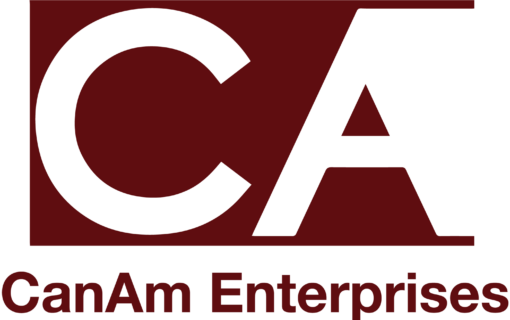USCIS is once again randomly selecting H-1B applications through a lottery as the annual cap for FY 2024 has already been reached.
Each year, the H-1B visa program makes it possible for 85,000 workers to come to America and help U.S. employers fill key jobs necessary for them to compete and succeed in their industries. But each year, the H-1B program seems to buckle under its own weight, underachieve the expectations of workers and employers alike, and leave visa holders searching for a different, more reliable option – including the EB-5 visa.
The fiscal Year 2024, beginning this October — is no different, as there are tens of thousands of more qualified workers seeking employment than there are visas available. This means that the USCIS is once again randomly selecting H-1B applications through a lottery as the annual cap for FY 2024 of 85,000 H-1B visas (65k for undergraduate degree applications; 20k for advanced degree applicants) has already been reached.
While hardly unexpected, the news comes as tech workers on H-1B visas continue to scramble in the wake of mass layoffs announced by U.S. tech companies that have hit Indian workers disproportionately hard. Indians represented about 75% of approved special visa holder petitions in 2021, according to the U.S. government, and industry estimates suggest they account for about a third of the roughly 200,000 tech jobs lost in the U.S. over the past year.
Why EB5 has emerged as a solution
The H1-B is an employment-based, non-immigration visa. Although it is temporary, Indians have been able to work, live and prosper in the U.S for several years with H-1B. That expectation of security, however, has been shaken by the tech layoffs. While the H-1B visa has become a more elusive ticket to work and live in the U.S., interest in the EB-5 visa as an alternative is growing. According to U.S. State Department figures the USCIS (U.S. Citizenship & Immigration Services) issued 1,381 EB-5 visas, to Indian immigrant investors in 2022. That number is almost double of that of pre-pandemic levels, when the USCIS issued 760 EB-5 visas to Indians in 2019 and in large part is driven by a game-changing change to the EB-5 program known as “concurrent filing.”
What exactly is an EB-5 visa?
EB-5 is a fast track to a U.S. green card without many of the limitations, exclusions and restrictions of other visas. This USCIS-administered program allows investors and their immediate family members (spouse and unmarried children under the age of 21) to obtain permanent U.S. residence through a one-time investment. That investment must be made in a project that creates 10 or more permanent jobs, and capital is repaid back to the investor following completion of the qualifying project.
Under EB-5 visa program:
There’s no English language requirement.
No business background requirement.
Green card holders have the flexibility to arrange travel outside the United States.
The investors’ children can attend colleges and universities in the United States at the same tuition rates as U.S. residents and citizens.
Investors and their immediate family members can apply to become U.S. citizens after entering the U.S. with an EB-5 visa and living there for 5 years.
If investing in rural projects, EB-5 investors are eligible for priority visa approval.
$800k investment minimum.
(Goldi Chawla is the regional representative – India and The Middle East, CanAm Enterprises)
CanAm Enterprises, with over three decades of experience promoting immigration-linked investments in the US and Canada, has a demonstrated track record of success. With over 60 financed projects and $3 billion in raised EB-5 investments, CanAm has earned a reputation for credibility and trust. To date, CanAm has repaid more than $2.26 billion in EB-5 capital from over 4,530 families. CanAm manages several USCIS-designated regional centers that stretch across multiple states. For more information, please visit www.canamenterprises.com.



